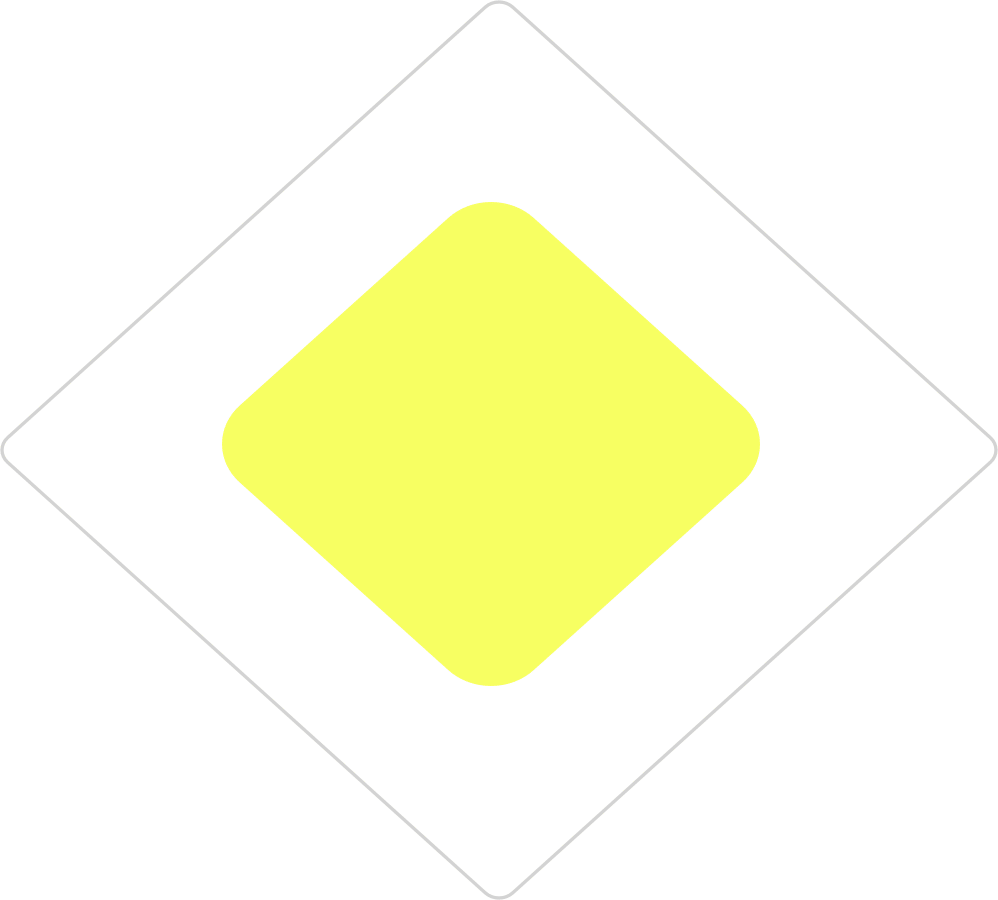Advanced Tracking with SCORM: A Guide to Versions 1.2 and 2004
The Sharable Content Object Reference Model (SCORM) has revolutionized eLearning through its robust tracking capabilities, particularly in its 1.2 and 2004 versions. These versions not only enhance the eLearning experience but also provide educators and developers with detailed analytics to better understand learner engagement and effectiveness. Here’s a deeper dive into the tracking capabilities of SCORM 1.2 and 2004:
Lesson Location and Status:
-
- Detailed Progress Tracking: Both versions allow educators to see exactly where learners are in the course at any time. This feature is crucial for modules that are designed to be completed in multiple sittings, as it ensures that learners can resume their training exactly where they left off.
- Comprehensive Status Updates: SCORM tracks whether learners have completed, passed, or failed a module, as well as other statuses like ‘browsed’ or ‘not attempted’. This allows for nuanced assessments of learner progress and course effectiveness.
Session and Total Time:
-
- Engagement Metrics: Track the time spent in each session, providing insights into learner engagement. This data is valuable for understanding which sections of the course are capturing attention and which may need to be improved.
- Accumulated Learning Time: Total time tracking aggregates all sessions to show the overall time spent on the course. This helps in evaluating the course’s length and effectiveness over time.
Score and Mastery:
-
- Performance Analysis: SCORM allows for tracking of raw scores, giving a quantitative measure of learner performance. This score reflects how well learners are doing in relation to the possible maximum and minimum scores.
- Mastery Achievement: The mastery score, or the threshold that learners must exceed to pass, is crucial for determining whether the educational objectives are being met.
Learner Interactions:
-
- Detailed Response Tracking: SCORM versions provide insights into how learners interact with the course content, including their answers to specific questions. This feedback is vital for adjusting the course material and improving the learning experience.
- Adaptive Learning Paths: Interactions can influence course navigation, allowing for adaptive learning experiences that respond to the learner’s needs, enhancing personalized learning.
Advanced Navigation and Sequencing:
-
- Rule-Based Learning Paths: SCORM 2004 further develops its capabilities by allowing complex rules for learning paths. This includes locking and unlocking modules based on performance, which ensures that learners meet prerequisite knowledge before advancing.
- Non-Linear Navigation: Introduced in SCORM 2004, this feature allows for more flexible course designs that are not strictly linear, enabling learners to revisit previous content as needed based on their quiz performances or choices.
The sophisticated tracking functions offered by SCORM versions 1.2 and 2004 ensure that eLearning courses are not only instructional but also highly adaptable and responsive to learners’ needs. This deep tracking capability makes SCORM an invaluable tool in the development of effective and engaging eLearning experiences.







